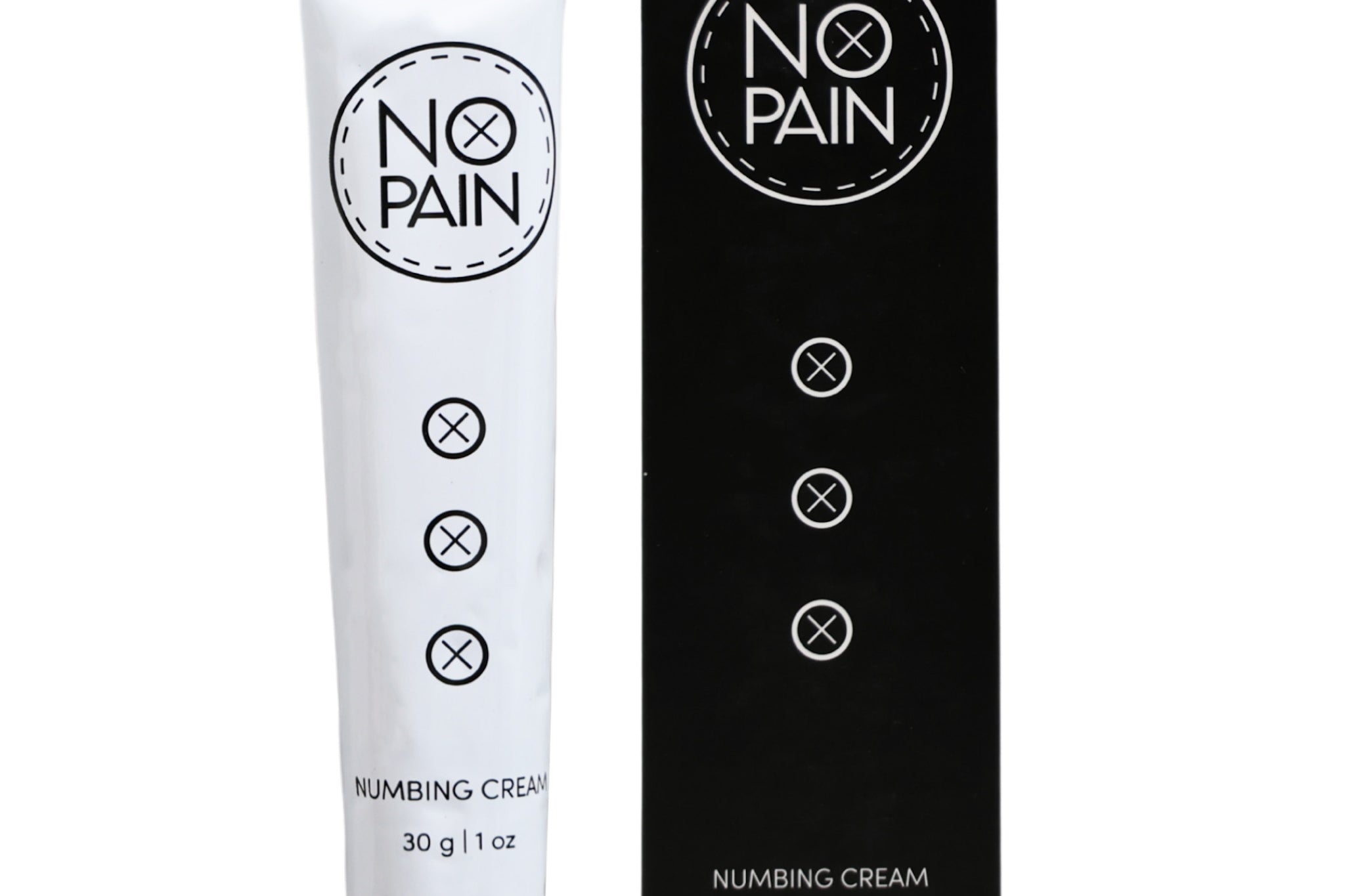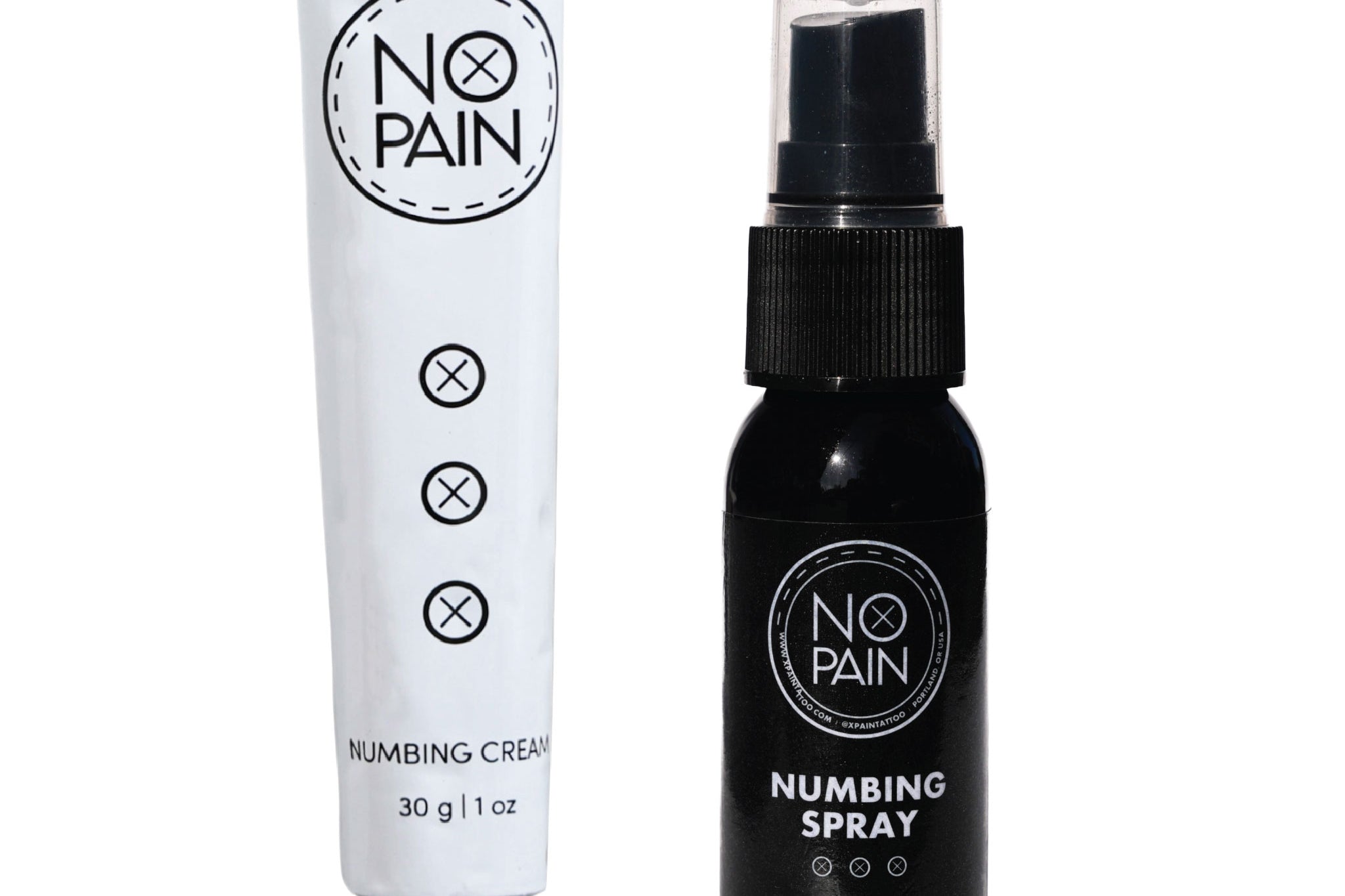You’ve just gotten home from the tattoo studio, and your new art is looking amazing. It’s also looking a bit... puffy. The area is raised, swollen, and feels tender to the touch. You know this is part of the process, but it's natural to wonder: "How long is my tattoo going to stay swollen?"
Understanding the normal timeline for swelling is key to a worry-free healing process. This guide will walk you through what to expect, the factors that influence swelling, and how to tell the difference between normal inflammation and a red flag.
The Standard Timeline for Tattoo Swelling
For the vast majority of tattoos, you can expect the swelling to last for 2 to 3 days.
-
Day 1: The Peak. The first 24 hours are when the swelling will be at its most significant. Your body is in full-on inflammatory response mode, sending blood and healing plasma to the open wound. The tattoo will be very raised, and the skin will be red and warm.
-
Days 2-3: The swelling should begin to noticeably subside. It will still be puffy, but you should see a clear and consistent improvement with each passing day.
-
Day 4 and Beyond: By this point, most, if not all, of the significant swelling should be gone. The tattoo might still be slightly raised to the touch for another week or so, but the puffy, "angry" look should be a thing of the past.
Factors That Can Make Swelling Last Longer
If your tattoo is still quite swollen after 3 days, don't panic. Several factors can cause prolonged, but still perfectly normal, swelling.
-
Placement: This is the biggest factor. Tattoos on the lower extremities—especially the calves, ankles, and feet—are notorious for staying swollen for up to a week. Gravity simply causes fluid to pool in these areas. Fleshy, looser-skinned areas like the inner bicep also tend to swell more.
-
A "Heavy-Handed" Session: If your tattoo involved a lot of dense color packing or solid blackwork, your skin endured more trauma. More trauma means a more intense inflammatory response, which will naturally take longer to calm down.
-
Your Individual Body: Everyone's body is different. If you tend to swell up easily from a bug bite or a minor injury, you'll likely experience more prolonged swelling from a tattoo.
In all these cases, the key is that the swelling is stable or slowly improving, not getting worse.
How to Reduce Swelling and Soothe Your Skin
You can't skip the swelling phase, but you can actively help your body calm the inflammation and feel more comfortable.
-
Elevate the Area: If your new tattoo is on an arm or leg, try to keep it elevated above your heart when you're resting. This is especially helpful for lower leg and foot tattoos.
-
Use a Cooling, Soothing Gel: This is the most effective topical solution. Our No Pain Tattoo Soothing Gel was specifically designed to combat this initial, intense inflammation. Its cooling formula provides immediate relief to the hot, puffy skin and helps to constrict blood vessels, which can actively reduce swelling and redness. For an extra boost, store it in the fridge.
-
Stay Hydrated and Rest: Drink plenty of water and get enough sleep. This gives your body the resources it needs to manage the healing process efficiently.
The Red Flag: When Swelling is a Sign of a Problem
Normal swelling improves over time. A problem is when it gets worse. If you experience any of the following, it's time to see a doctor.
-
The swelling is increasing after day 3.
-
The redness is spreading outwards from the tattoo.
-
The swelling is accompanied by severe pain, a foul odor, or thick, colored pus.
The Verdict: For most tattoos, expect the swelling to be a 2-3 day affair. For heavy work or tattoos on your lower legs, it might last closer to a week. The most important sign of a proper heal is steady improvement. By using a calming product like our Soothing Gel, you can make the process more comfortable and help your skin recover as efficiently as possible.




